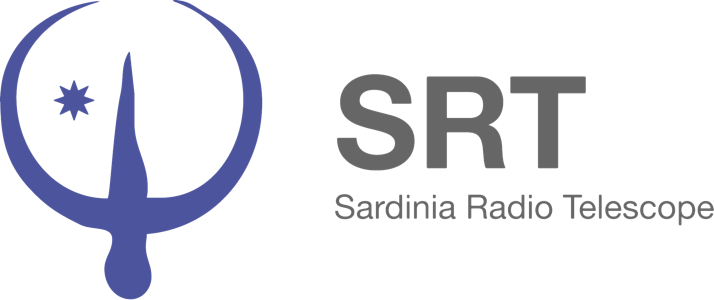Astronomers
Observing with SRT
Published Papers:
|
 |
|
 |
|
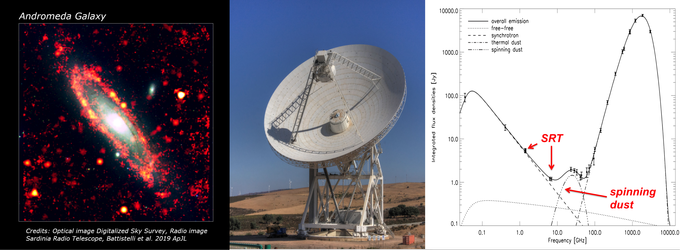 |
|
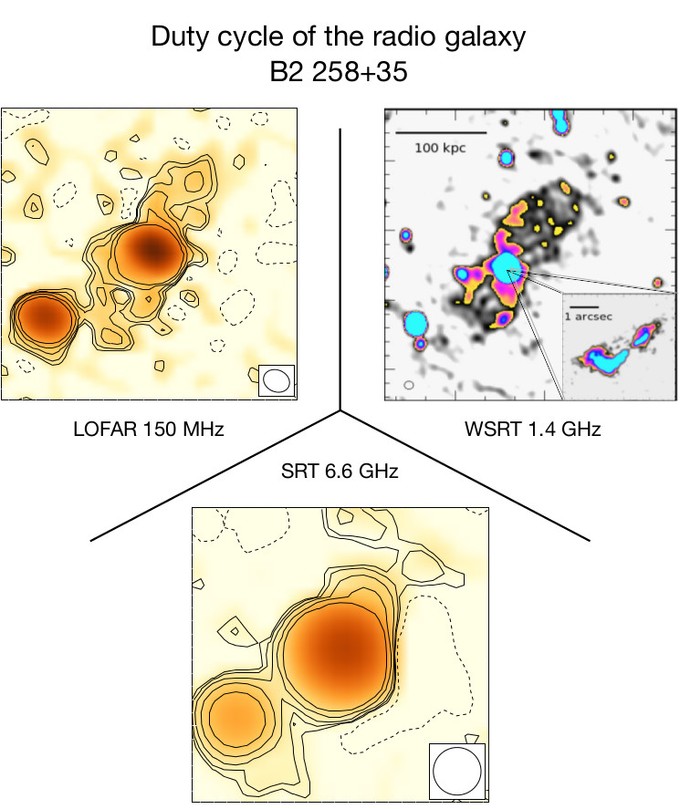 |
|
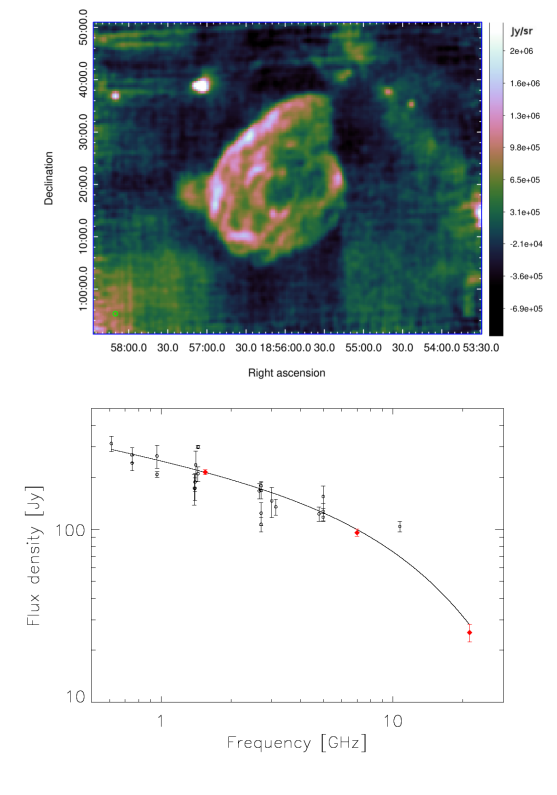 |
|
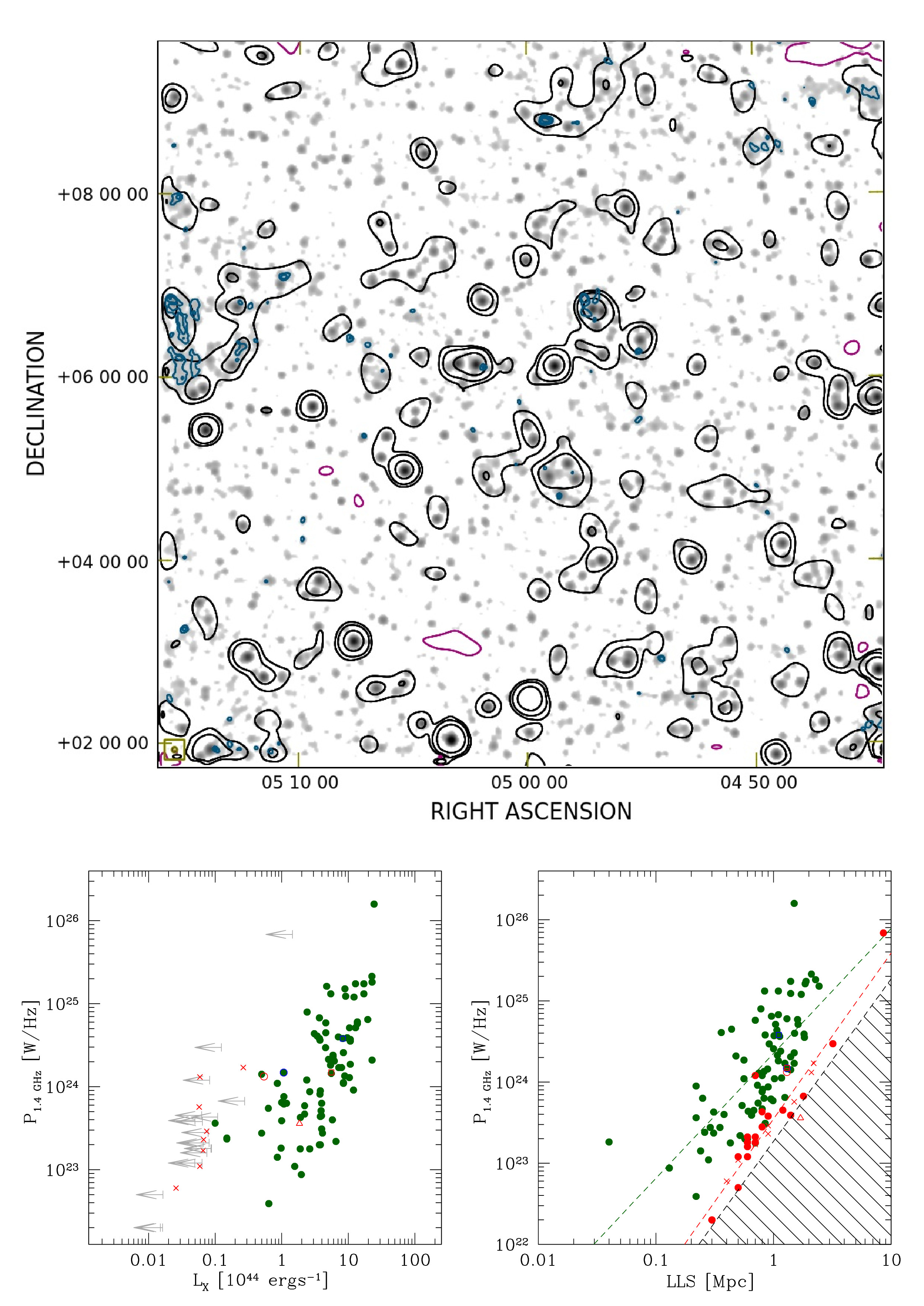 |
|
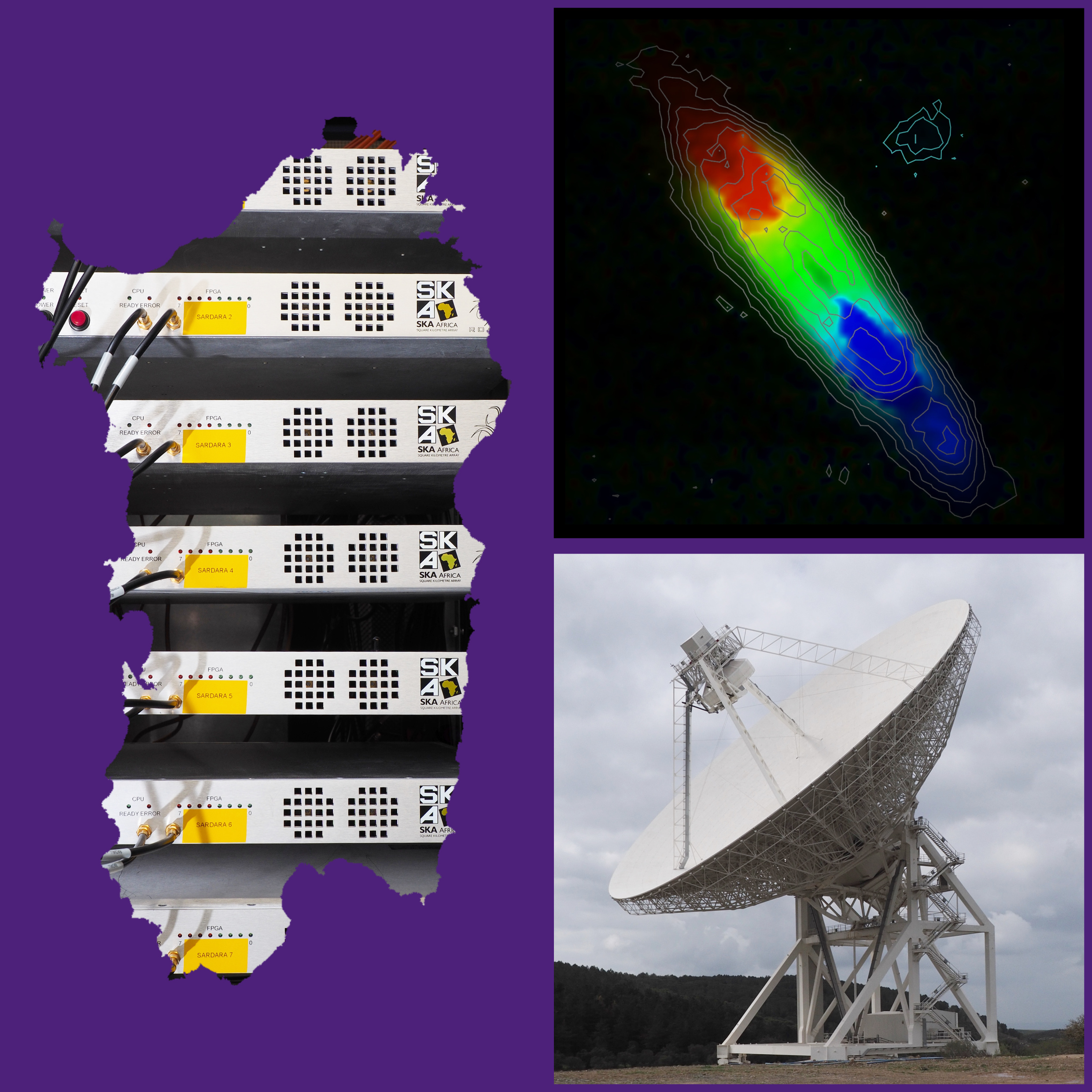 |
|
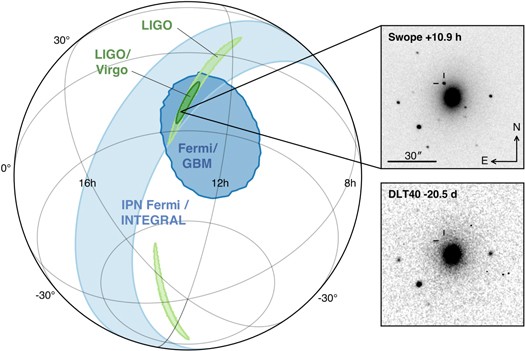 |
|
 |
|
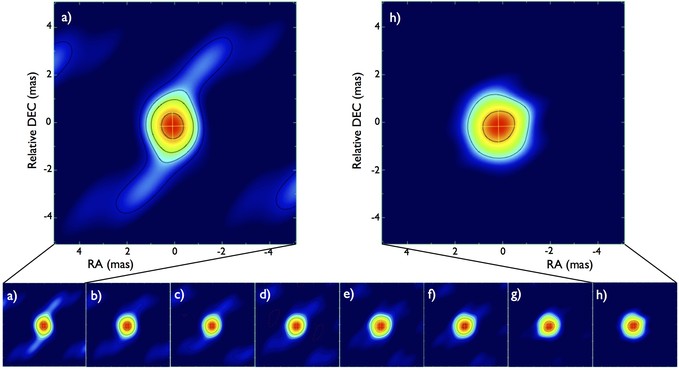 |
|
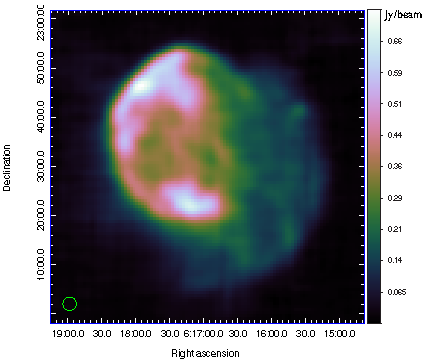 |
|
 |
|
 |
|
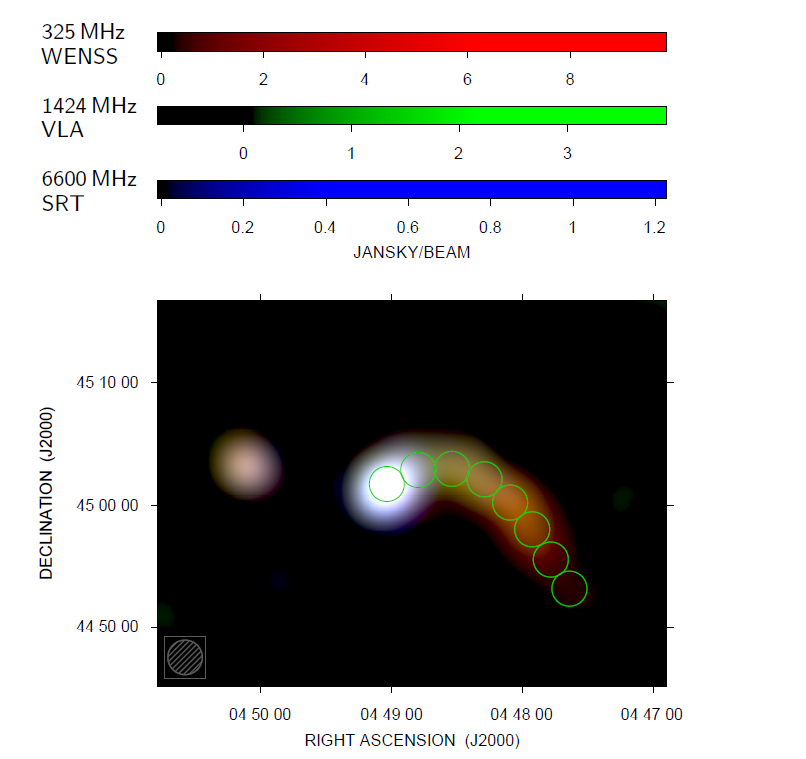 |
|
 |
|
Astronomer's Telegrams:
Monitoring of Cyg X-3 giant flare with Medicina and the Sardinia Radio Telescope (ATel #9508)
by E. Egron, A. Pellizzoni, M. Giroletti, S. Righini, A. Orlati, M. N. Iacolina, A. Navarrini, M. Buttu, C. Migoni, A. Melis, R. Concu, G. P. Vargiu, M. Bachetti, M. Pilia, A. Trois, S. Loru, M. Marongiu
by E. Egron, A. Pellizzoni, M. Bachetti, A. Navarrini, A. Trois, M. Pilia, M. N. Iacolina, A. Melis, R. Concu, S. Loru, A. Sessini, V. Grinberg, M. Nowak, S. Markoff, K. Pottschmidt, J. Rodriguez, J. Wilms, R. Ballhausen, S. Corbel, W. Eikmann, F. Fuerst, I. Kreykenbohm, M. Marongiu, A. Possenti
by E. Egron, A. Pellizzoni, M. Bachetti, A. Navarrini, A. Trois, M. Pilia, M. N. Iacolina, A. Melis, R. Concu, S. Loru, R. Ballhausen, S. Corbel, W. Eikmann, F. Fuerst, V. Grinberg, I. Kreykenbohm, M. Marongiu, M. Nowak, A. Possenti, K. Pottschmidt, J. Rodriguez, J. Wilms
Observations of H1743-322 with the Sardinia Radio Telescope: upper limits (ATel #8849)
by E. Egron, M. Bachetti, A. Pellizzoni, A. Trois, M. N. Iacolina, M. Pilia, S. Loru, A. Navarrini, R. Ballhausen, S. Corbel, W. Eikmann, F. Fuerst, V. Grinberg, I. Kreykenbohm, M. Marongiu, M. Nowak, A. Possenti, K. Pottschmidt, J. Rodriguez, J. Wilms
Sardinia Radio Telescope observations of IGR J17091-3624 - upper limit (ATel #8821)
by E. Egron, M. Pilia, M. Bachetti, M. N. Iacolina, A. Pellizzoni, A. Trois, S. Loru, A. Navarrini, R. Ballhausen, S. Corbel, W. Eikmann, F. Fuerst, V. Grinberg, I. Kreykenbohm, M. Marongiu, M. Nowak, A. Possenti, K. Pottschmidt, J. Rodriguez, J. Wilms
by M. Buttu, N. D'Amico, E. Egron, M. N. Iacolina, P. Marongiu, C. Migoni, A. Pellizzoni, S. Poppi, A. Possenti, A. Trois, G. P. Vargiu, on behalf of the Sardinia Radio Telescope Science Validation Team and the Commissioning Team
List of approved SRT Early Science Projects in 2016
SRT in the VLBI Networks
The Large European Array for Pulsars (LEAP Project)
The European Pulsar Timing Array (EPTA Project)
